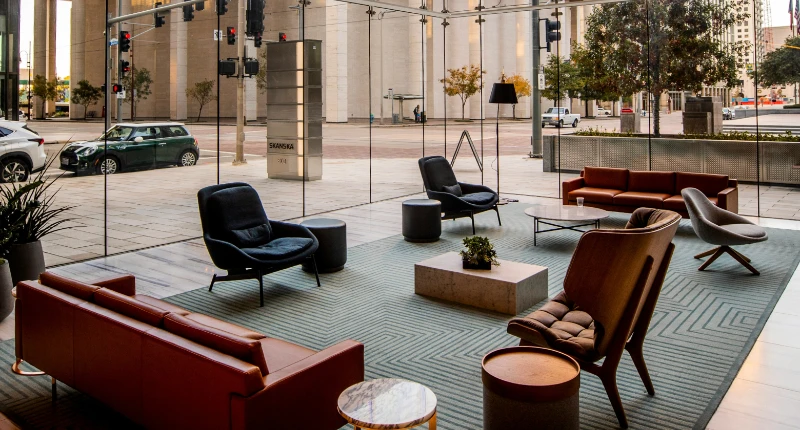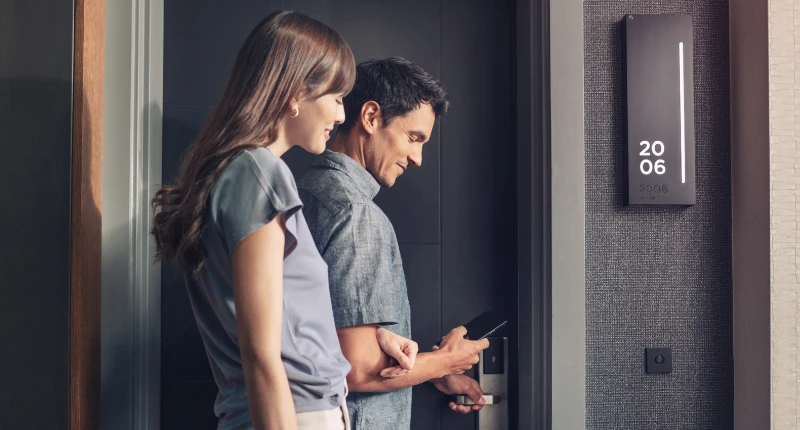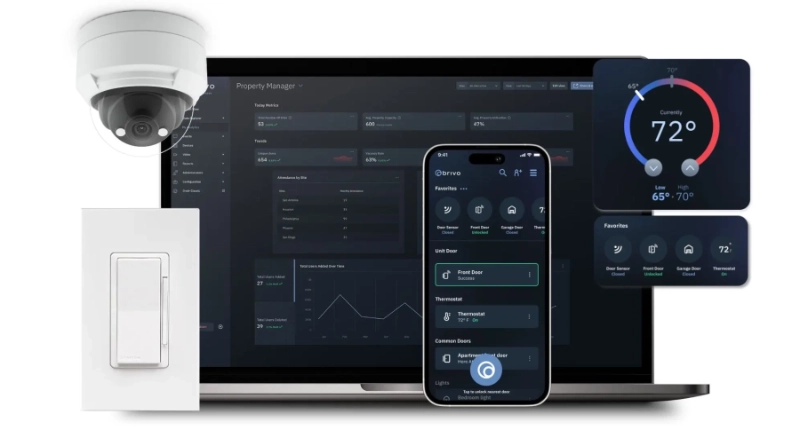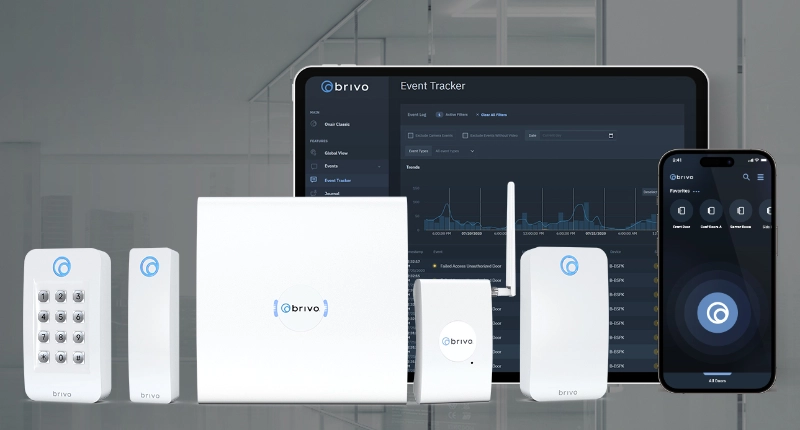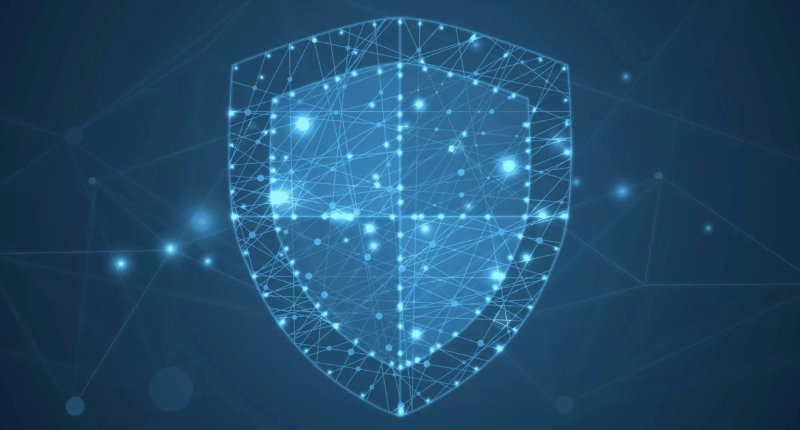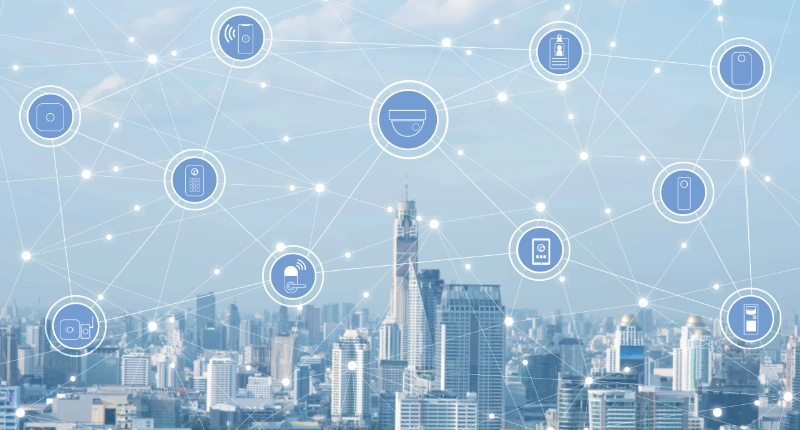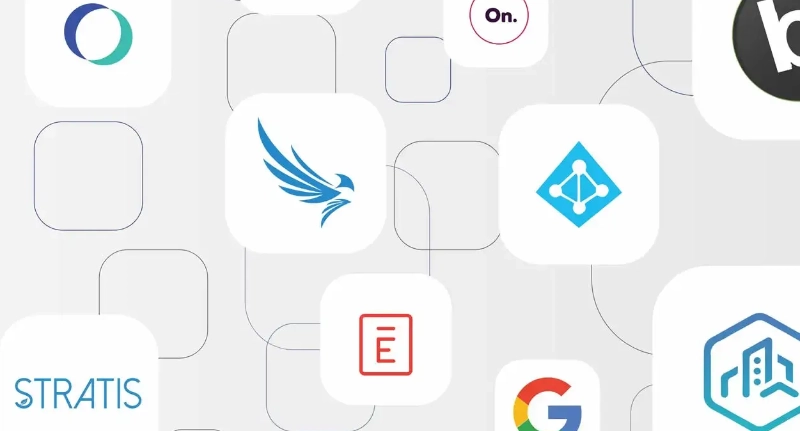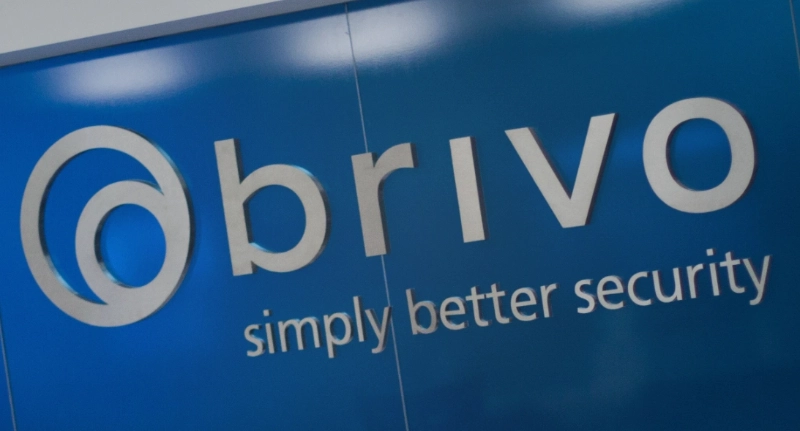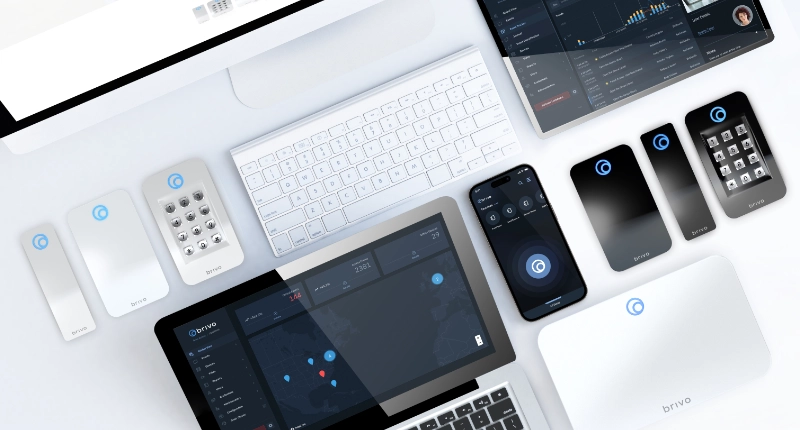On a global scale, security is becoming a principal foundation of architectural design. Whether it is a commercial building, residential complex, or even a public space, incorporating secure access systems and technology is a vital component of any initial blueprint. Secure access as a consideration in design is no longer limited to government buildings or offices. However, secure access also does not need to comprise a design aesthetic. Indeed, a proactive approach at the drafting table for any design can ensure that the architect’s vision is never compromised. As professionals in the building industry strive to build new complex designs and creative LEED buildings, so too can they envision the safety and security for the occupants, tenants and visitors of those structures. From the beginning, architects, engineers and construction professionals can reap the benefits of integrating secure access and avoid future cost pitfalls and aesthetic compromises to their designs. This article will highlight the benefits of integrating secure access solutions to all building projects by leveraging the AEC professionals at Brivo and their innovative solutions.
Visionary Safety and Protection – One of the primary benefits of including secure access in architectural design is the safety and protection offered. Access control systems as an integral component of blueprints help prevent unauthorized entry, monitor building activities, detect suspicious activity and allow for rapid response, both on-site and from a remote location. Secure access as part of the initial design not only provides safeguarding of occupants and visitors, but also proactively helps to deter potential or planned threats to the structure.
Future-Proofing Building Designs – Incorporating secure access solutions into architectural designs ensures that the building is prepared for and adaptable to future technologies. As secure access technology continues to advance and meet future threats, access control systems can be updated and expanded to thwart those threats. Often this only requires a simple software upgrade, but even if a product upgrade is considered, the existing secure access technology infrastructure significantly mitigates the cost.
Integrated Smart Building Technology – Secure access solutions can seamlessly integrate with other smart building technologies enhancing the existing and evolving ecosystem of the building environment. This advanced technology integration allows architects to design structures and spaces that are secure, intuitive and highly functional. Access control systems can be linked to lighting, elevator operations, HVAC, and even visitor notification systems to optimize building performance and the tenant or visitor experience.
Streamlined Building Operations – Access control systems simplify and control costs associated with building operations. Simply put, traditional lock and key systems are expensive both in the short term and the long term. Having a locksmith in-house or on-call does little to change that cost. Secure access solutions allow architects to design cost-saving spaces that are easier to manage and operate. For example, in the event of a lost or stolen access card, deactivation, and replacement is far more efficient than changing out a lock and cutting new keys for all occupants. Likewise, an occupant or employee who forgets their card can be granted access from a central office, that may be offsite, reducing stress and manual access from building staff.
Building Optimization with Data – State-of-the-art access control solutions can provide valuable data insights for architects, engineers, and construction professionals. Both comparative and historical data can be studied to optimize the utilization of planned or existing space, review security protocols and promote operational efficiency. It can also help track the user experience from the traffic flow perspective at the building entrance and within the building. This allows for more informed decisions about layout and resource allocation to promote a smoother, more user-friendly experience.
Cost efficiency – A well-planned secure access system saves money. Often, the creative vision of architectural designs is negatively impacted by building codes, fire codes and even the challenges of retrofitting a structure to incorporate secure access post-construction. Considering a secure access solution as part of an initial building design should be no different than any other foundational element such as construction materials, plumbing, lighting or sustainability. Incorporating secure access early in the process allows you to proactively map the technology throughout the structure avoiding costs associated with retrofitting, blueprint redrafting, or other more costly post-building adaptations to comply with various code enforcement requirements.
